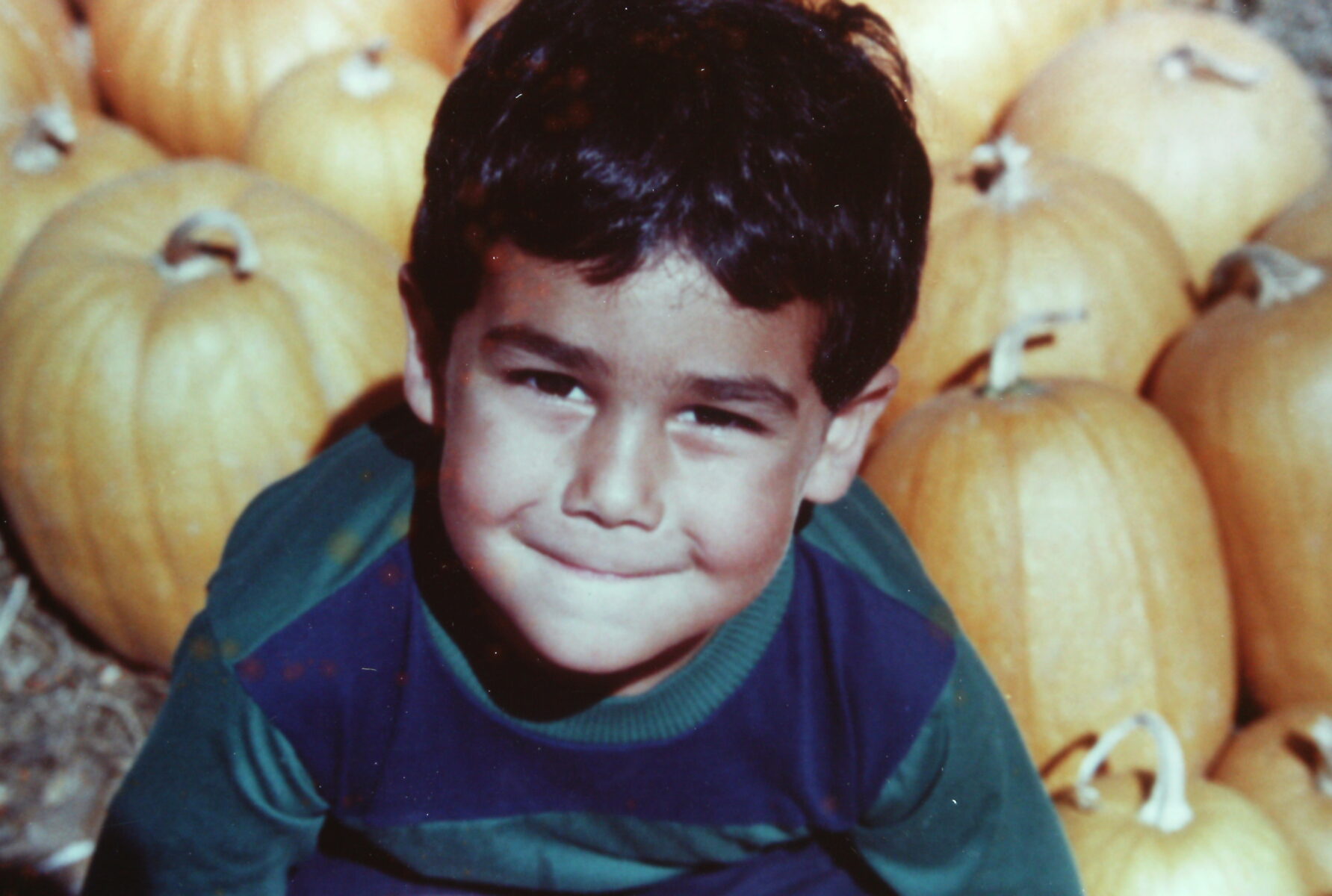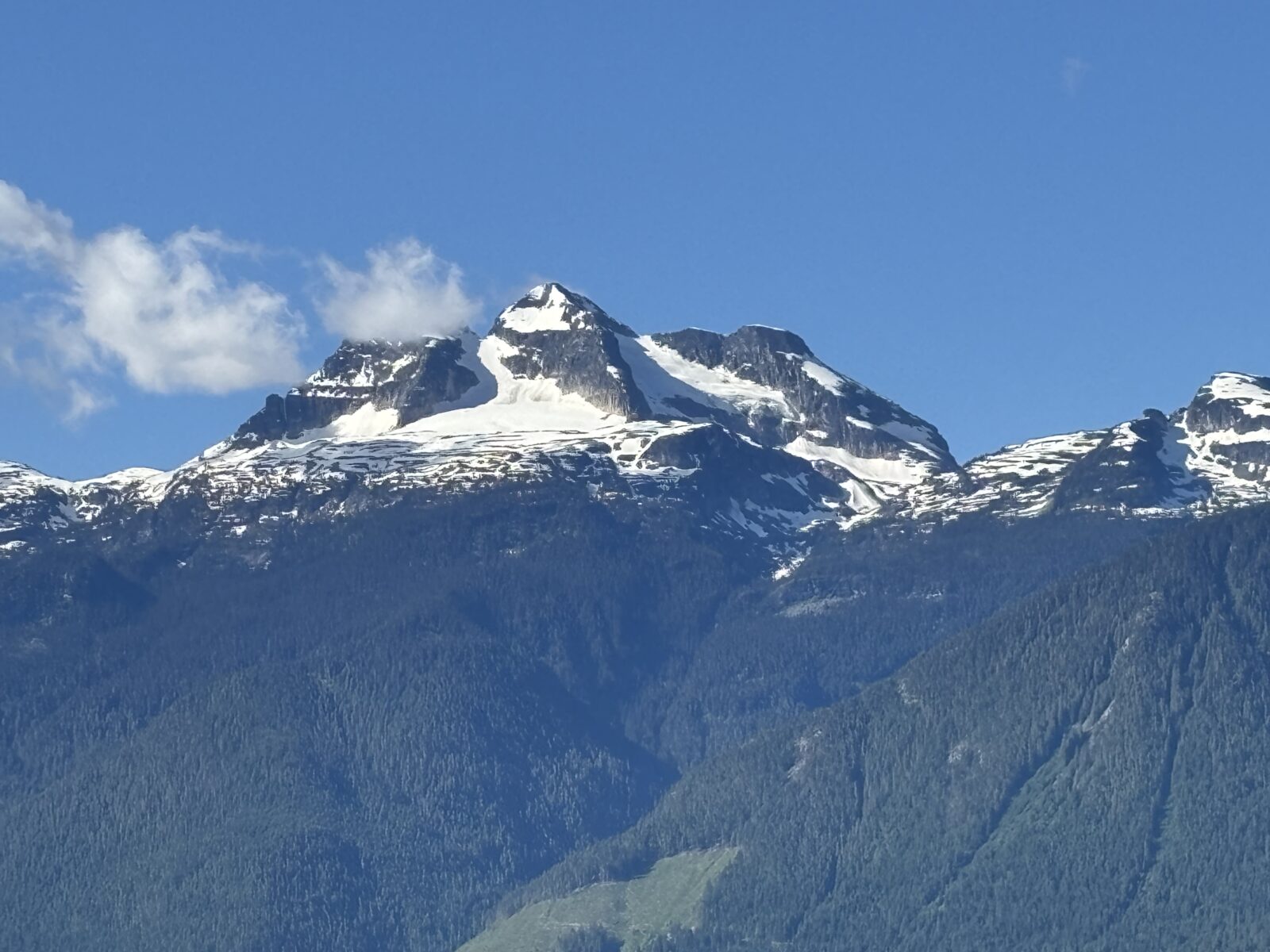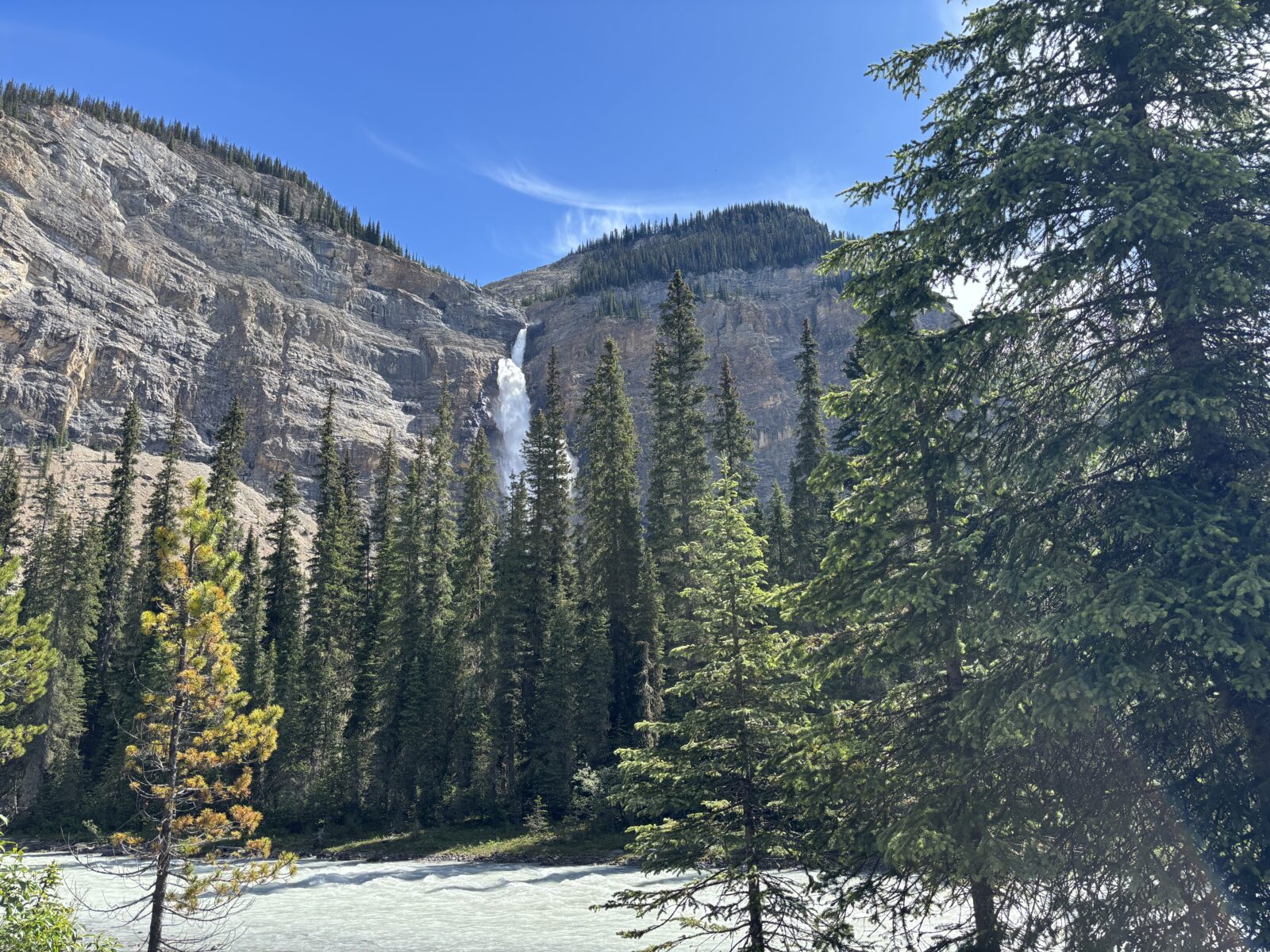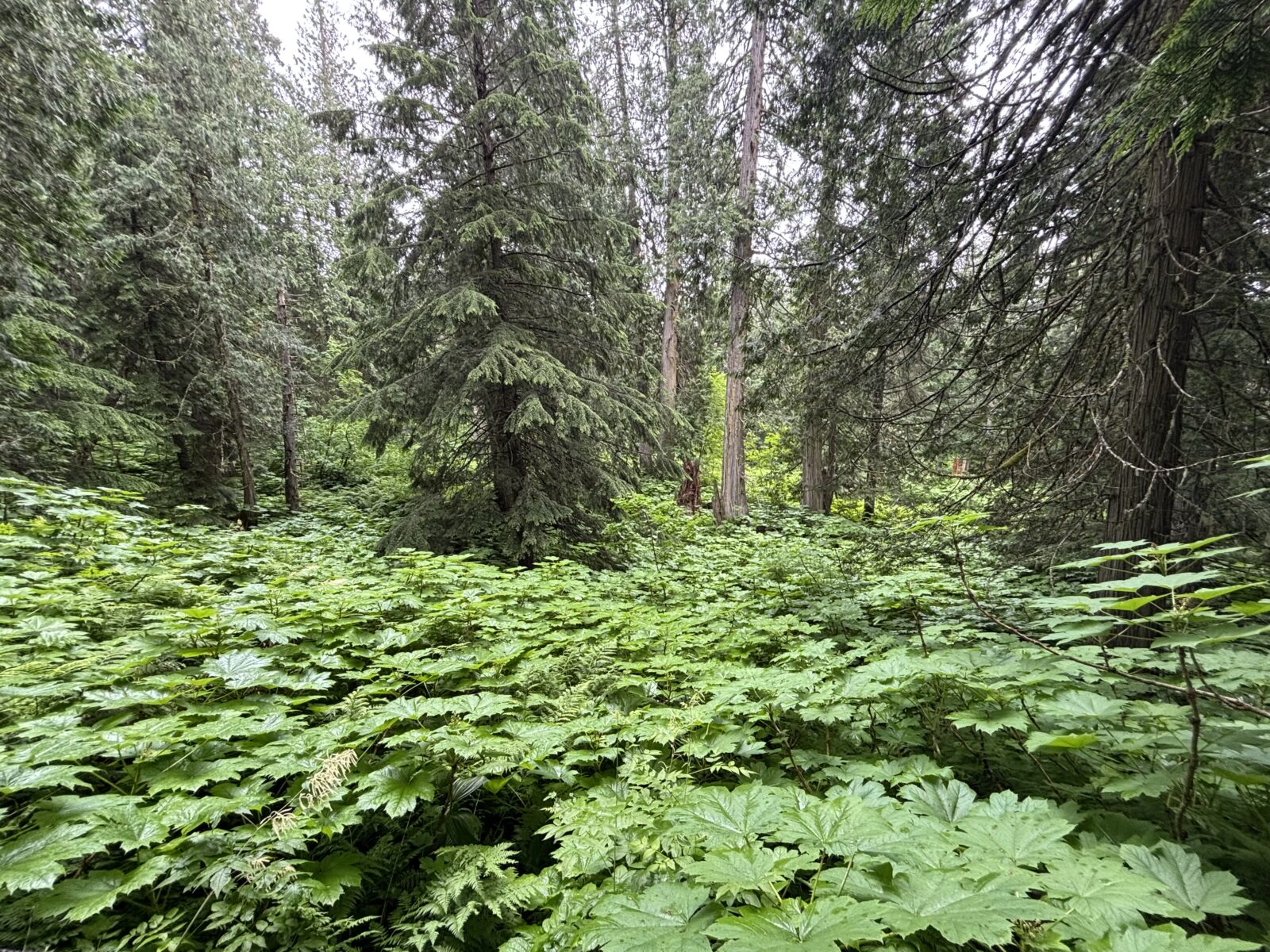People often ask me if, after thirteen years of cruise lecturing, there is any place I haven’t been, and I always answer the same way: Inland.
It is true by now that except for Japan, Antarctica, and parts of Africa there are very few cruise ports I haven’t been to at least once. Cruising has been a wonderful way to touch down around the world, but when you just spend one port day in a place, and your experiences are curated around what a country wants you to see, I always feel I have brushed up against a place but not really seen it.
Don’t get me wrong. I have laid eyes on so many things that would have been out of reach for me otherwise—tiny villages in the Amazon, gigantic Buddhas in Asia, the beaches of Fiji—but most of the time I am gone before nightfall and miss the whole other life of places when the cruisers are gone. This summer I wanted to do something different. In the middle of June, I took a two-week road trip to explore my new home in British Columbia. After that I spent a whole week with my friend Megan in Quebec City, which I have stopped in by ship many times but never spent the night. Today, I am back on board ship, but just for two weeks, as a way to spend quality time with my friend Jane, whom I see rarely now that I don’t live in San Diego. And then, it will be the middle of August and the summer will be well on its way to being over.
I am inspired to write this morning because of a weird experience I just had. I did my morning onboard ritual of going around 6AM to the top deck of the bow, where there is a deserted lounge, with a coffee machine and couches overlooking the bow of the ship as it glides through the water. I was looking at my mail on my iPad, and as Billy Pilgrim does in Vonnegut’s Slaughterhouse Five, I became momentarily unstuck in time. Some part of my brain wondered “are we almost there?” as if I were on a plane or in a car. When I looked up and saw the beautiful scenery of British Columbia’s Inside Passage, I was a little dizzy with a sense of disorientation.
From the moment I set out in my car more than a month ago, I have been keeping track of time. I have made all the decisions about it, and have monitored it all the time, from how many miles to my destination, to what time is on my entry ticket to a museum, to how long until the plane lands, to what time checkout is. Right now I have only the sensation of gliding over water with no need whatsoever to care what time it is.
Are we there yet? Yes and no. No, in that there are ports to get to, and we won’t arrive at the first one until tomorrow, but having cruised in Alaska several times now I don’t have the same sense of anticipation other guests are probably feeling. But yes, I am wherever “there” is when you don’t have a destination, only a beautiful present where the burdens of obligation and desire vanish.
‘“Just be, “ I tell myself. Maybe that is why my favourite part of the day, wherever I am, is this little patch of early morning before time starts mattering. Soon enough the clothes will be out of the dryer down on deck 5 and I’ll need to retrieve them to make room for others. At 7, the cafe with better coffee will open. Around 8 the Cruise Director’s office will open and I can get my notes printed for my talk this afternoon—
Poof! just like that the spell is broken. But for now, I want a few more minutes of quieted mind, in which I am floating in this little bit of nowhere, or maybe it’s everywhere. And you, whatever time it is, and however pressing your schedule, unstick yourself even for a few breaths. Shantih.







